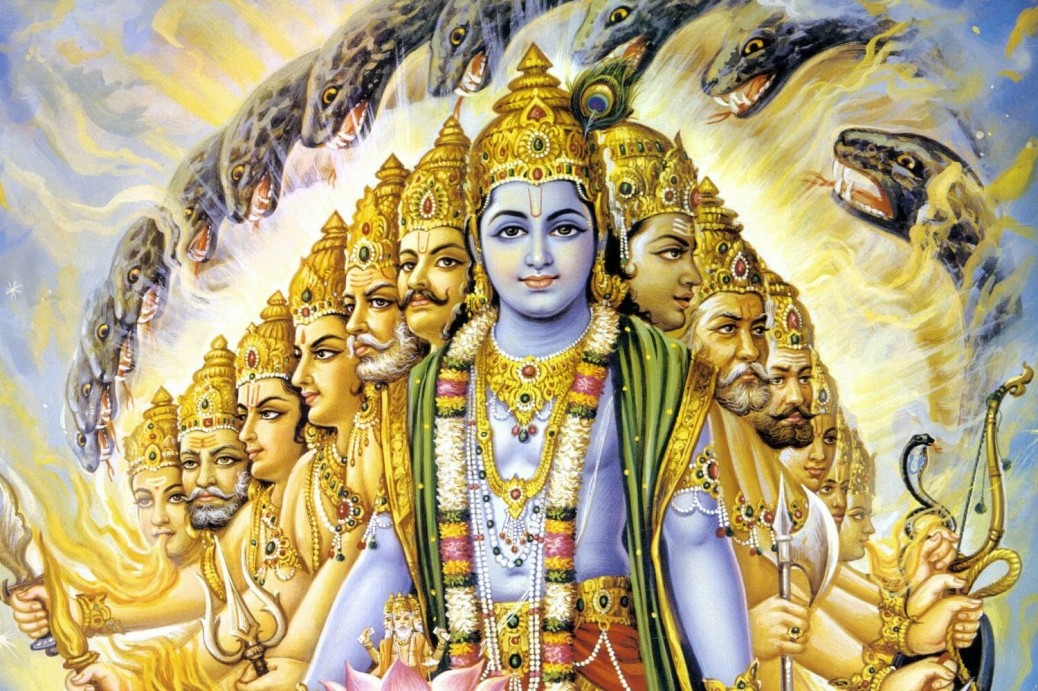Samyak Is Samadhi – In Gita Verse 3.13 The devotees of the Lord are released from all kinds of sins because they eat food which is offered first for sacrifice. Others, who prepare food for personal sense enjoyment, verily eat only sin.
The noble individuals who partake of the food remaining from sacrifices are absolved of all sins. In contrast, those who prepare food solely for personal gratification consume only sin. This concept underscores the importance of offering and sharing in life, as articulated by Krishna in the Bhagavad Gita.
In the second part of this verse, Krishna delves deeper into the philosophy of sharing. He emphasises that whatever benefits one receives from sacrifices should be shared with others, making them partners in the joy. The rationale behind this is rooted in a fundamental principle of life: the more we share our happiness, the more it multiplies. Conversely, when we hoard our happiness, it stagnates and deteriorates. True joy lies in its expansion and distribution.
When divine powers, through the act of sacrifice, bestow upon us what our soul has long desired, we should not become miserly. Instead, we should share these blessings, as sharing amplifies them. This principle is akin to the concept of cross-ventilation in a house: for fresh air to flow in, there must be an outlet for the old air to escape. Similarly, bliss increases when it is shared with others.
Jesus also echoed this sentiment, stating that those who lack the courage to give are unworthy of receiving. The act of giving, therefore, is not just a moral obligation but a prerequisite for receiving more blessings. Krishna further asserts that those who hoard their blessings are akin to thieves, depriving themselves of greater gifts by their selfishness. Unlike the revolutionary ideas of Marx and Proudhon, Krishna’s perspective on hoarding is more introspective, highlighting that such individuals are their own worst enemies.
Withholding happiness not only harms others but primarily harms oneself. By closing off the flow of joy, one prevents new joy from entering. Bliss, much like a flowing river, must continue to move to remain pure and life-giving. When it stagnates, it becomes polluted and lifeless. This analogy is beautifully illustrated by the continuous cycle of the Ganges River, which must keep flowing to remain clean and vibrant.
A balanced life, where one meets their needs without indulging in excess. This principle resonates with the teachings of Gautama Buddha, who underscored the significance of the “Right” way, or “Samyak,” in every facet of life. Buddha’s eightfold path provides a structured approach to achieving balance and harmony, encompassing right view, right intention, right speech, right morality, right livelihood, right effort, right mindfulness, and right samadhi. This path serves as a practical guide for those seeking to live in alignment with these principles.
The term “right” often implies a contrast with “wrong,” but within the framework of Buddha’s teachings, “samyak” (right) is not oppositional. Rightness is singular and harmonious, comparable to health, which stands alone despite the existence of many diseases. Rightness aligns with the whole, whereas wrongs are numerous and self-created.
Buddha further elucidates that the concept of “right” is not an invention of the individual but an inherent truth. Deviating from this truth leads one astray, while moving closer to it brings one in the right direction. The closer one aligns with this inherent truth, the more “right” they become. Ultimately, reaching a state of perfect alignment signifies being “perfectly right.” The terms “Samyak” and “samadhi” both derive from the same root, “sam,” indicating that Samyak is a step towards achieving samadhi. Without a proper understanding of Samyak, one cannot fully grasp the essence of samadhi.
The term “right” in this context is not merely about being correct but about being in tune with the whole. It signifies a state of balance, centeredness, and harmony. When one lives in accordance with these principles, they achieve a state of samadhi, where everything aligns perfectly with existence. This state of being is characterised by tranquillity and a profound sense of well-being.
This philosophy, suggesting that living a Samyak life leads to a state of perpetual bliss. By following the natural rhythms of our body and mind, such as eating only when hungry, we align ourselves with the natural order, thereby freeing ourselves from sin. This approach encourages mindful living, where one’s actions are guided by genuine needs rather than desires.
Krishna’s teachings in the Bhagavad Gita emphasise the importance of sharing and living a balanced life. By offering the fruits of our sacrifices and living in harmony with our true needs, we can achieve a state of bliss and be released from all sins. This philosophy encourages us to be mindful, generous, and in tune with the greater flow of life, leading to a more fulfilling and harmonious existence.
Tags: Samyak Is Samadhi




